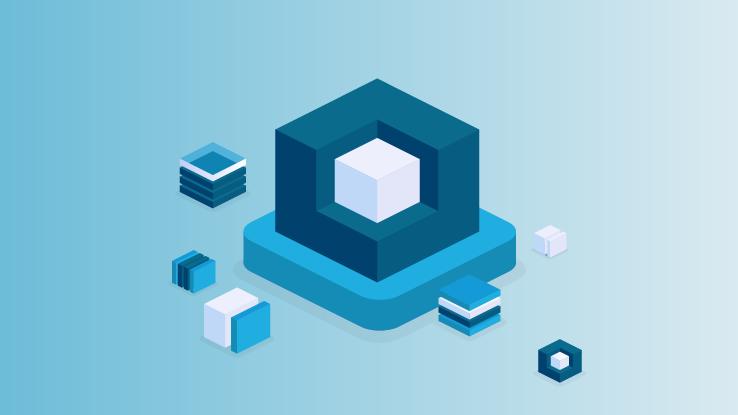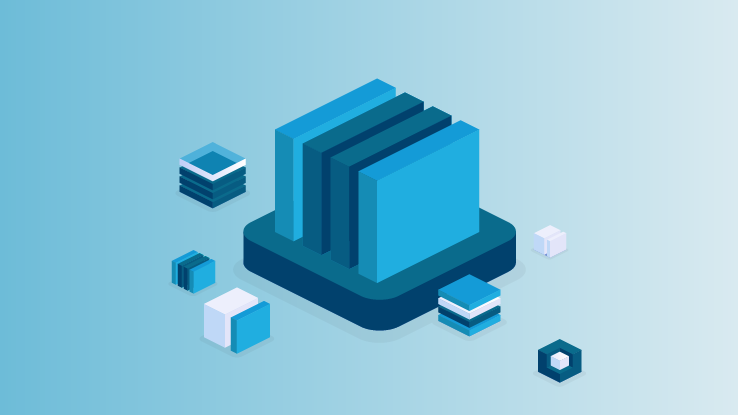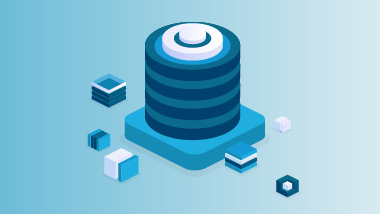What is IoT?
It is estimated that there is a staggering 31 billion IoT devices online, but what exactly are they? The IoT refers to devices with embedded technologies that allow them to exchange data with other devices and systems over the Internet. An example of this is a smart home equipped with various interconnected devices (e.g., smart lighting, smart thermostats etc.) that can be controlled from a single app or device. Being able to turn on the heating and launch your favourite playlist before you have even stepped foot in your home, all from your phone, is surely not a bad thing.
IoT devices are also being deployed increasingly for commercial application. A study in the US estimates that 35% of manufacturers utilize IoT sensors within their manufacturing processes. Sensors can track parts as they move through the assembly line, giving process engineers improved oversight compared to traditional methods. This increased transparency can drive down costs for manufacturers and improve their bottom line.
How did we get here?
Technology companies have been trying to connect devices to the Internet for well over 40 years, with one of the first examples being a vending machine in the 1980s. This allowed the vending machine to report on its inventory and whether or not drinks were cold. For many reasons early attempts to develop this technology were largely unsuccessful. This quickly changed with the advent of smaller, cheaper to produce chips that could efficiently connect devices to the Internet. By 1999, technology pioneer Kevin Ashton had coined the phrase “Internet of Things”.
What are the key exposures for IoT devices?
Cyber vulnerabilities: Given their size, it is often hard to integrate robust cyber defences into IoT devices to fend off hackers. Once a hacker gains access, they can infiltrate the network the smart device is connected to. In what sounds like a Hollywood blockbuster movie, hackers managed to gain access to a casino’s network via a smart thermometer located in the fish tank, walking away with 10 gigabytes of the casino’s data - not quite suitcases of cash but just as valuable!
Intellectual property exposure: IoT is a competitive market with many large companies fighting for market share, but with this comes the very real potential for IP litigation. In particular, the complex nature of IoT can mean that companies can unknowingly infringe patented inventions and risk IP infringement allegations from competitors.
Bodily injury and property damage: Given the fact that IoT involves physical devices, there is an inherent exposure to bodily injury/property damage when compared to a non-hardware-based technology. For instance, the FDA had to recall 500,000 pacemakers in 2017 after concerns around cyber vulnerabilities which could be exploited to drain the battery or alter the heartbeat. The recall did not involve replacement of the pacemakers. Instead, medical staff were able to patch the security holes. Nonetheless, this highlights our reliance on IoT for critical functions and the potential for catastrophic loss.
What does the future look like for this growth area?
It is safe to say that the number of IOT devices will only increase and their functionality will also become more sophisticated. For better or worse, IoT is here to stay. Here are a couple of ways IoT may change the world in the coming years:
The idea of a “smart home” is something we are familiar with, but the idea of a “smart city” is still being developed. IoT has the potential to change the way we interact with the cities we inhabit. Smart cities will use a host of IoT devices to collect data using sensors, which can then be analysed to improve health services, transport infrastructure and other services.
Farming is one of the oldest industries in the world, and while it has grown leaps and bounds from the days of horse-drawn farming, IoT has the ability to further modernise the sector. For example, sensors can be used to monitor weather conditions, livestock, agricultural drones and assist with crop management. Smart farms can drive efficiencies and bring down costs, making farming more profitable and environmentally friendly.
Global research firm Gartner estimates that by 2025 there will be 75 billion IoT devices connected to the Internet. The rapid rise of the number of units in circulation and the ever-increasing functionality of IoT brings with it increased exposures and risks. This is something the UK government are aware of and they are developing minimum security requirements for IoT devices.
Companies developing, manufacturing, or selling these devices need a comprehensive insurance policy to cover their exposures. At CFC we have a dedicated technology policy and an inhouse team of claims experts to deal with any issues that may arise. For more information on how we may be able to assist, please contact us here.



